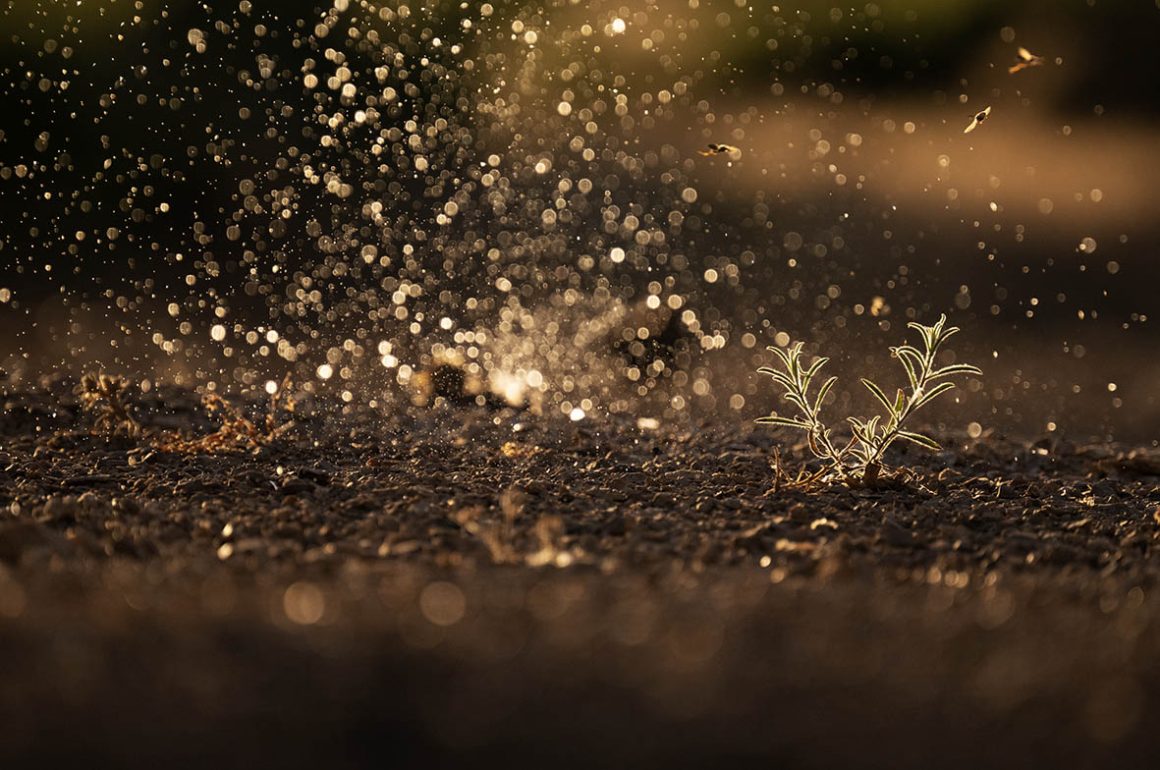
The outside temperature in the shade reads 47 degrees Celsius and I’m about to enter a hide to photograph birds. At times like these, I question my sanity. But I keep coming back for more. It was only two weeks ago that I was on a bleak moor on Shetland and now I wish that I had the cool temperatures, the cloud and the rain that I had moaned about then. This is central Spain instead, and I am well into the worst time of year for birds. For three months, often more, temperatures here are in the forties Celsius and there is no rain. The ground is parched, the plants are yellow and dry and many birds are clearing out.
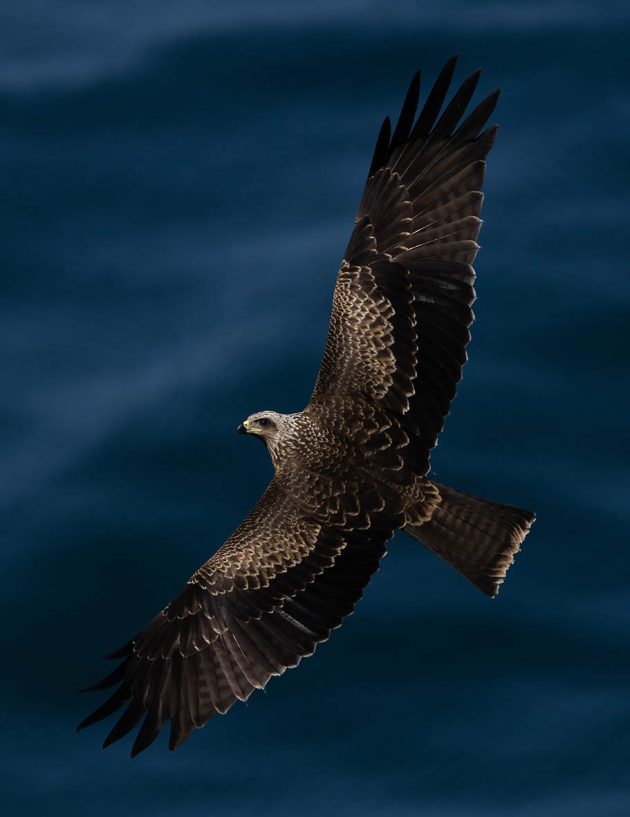
Already in the Strait of Gibraltar, to the south, the Black Kites Milvus migrans, are leaving south for Africa. These are the Iberian populations. They were the first to arrive, in February and early March, so as to make the most of the mild temperatures and the food supply which becomes available with the rains. They time breeding so that the chicks are fledged before the height of the dry season. Now, they head for south of the Sahara to catch the rains in the Sahel. Black Kites, and many other Iberian birds, spend their lives tracking the rains on either side of the Sahara Desert. This makes the idea of spring-summer-autumn-winter redundant. Instead, much of central and southern Iberia experiences an intense hot and dry season, from June to September, and a wet season. The onset of the rains is highly variable. Where I live, in Gibraltar, it may start some time in September but some years it may be after Christmas. The pattern in the past few years has been for the rains to arrive late.
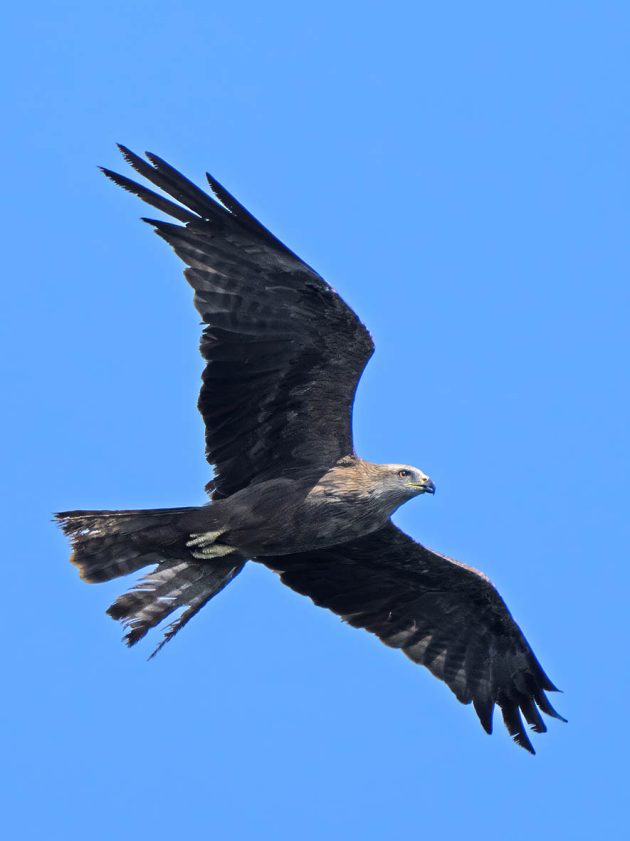
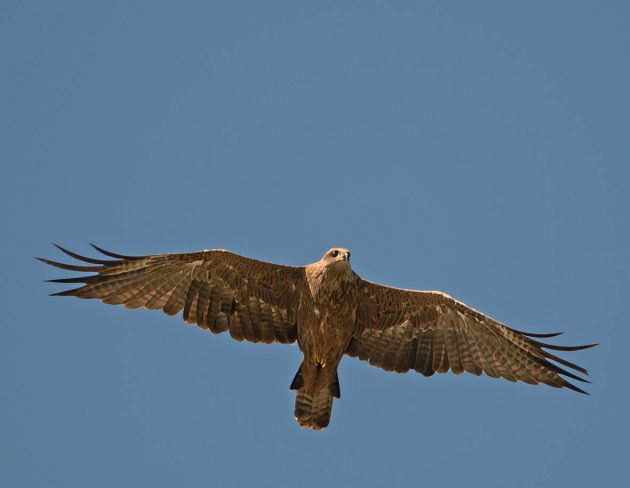
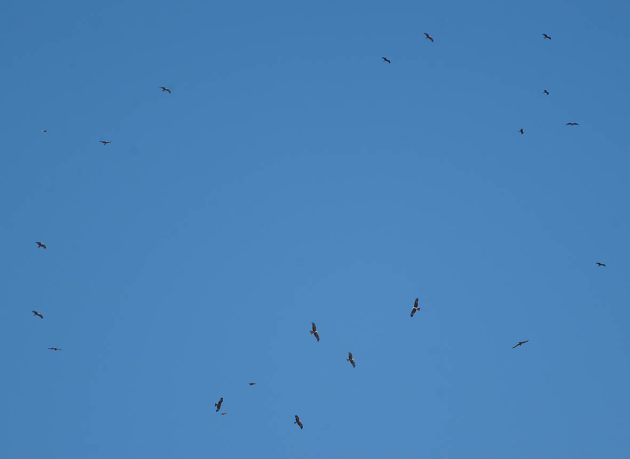
What do birds do during the dry summer? Many, like the Black Kites, migrate. They simply leave the area altogether. Other species are tied down. Poor flyers, such as Red-legged Partridges Alectoris rufa, simply hold out as best they can. Many will die during this worst time of the year. Drying river beds and other ephemeral water bodies are the only sources of relief. That is why I’m in a hide, close to a small water body. It may be unbearably hot and uncomfortable but it gives me an opportunity to photograph birds in these difficult circumstances.
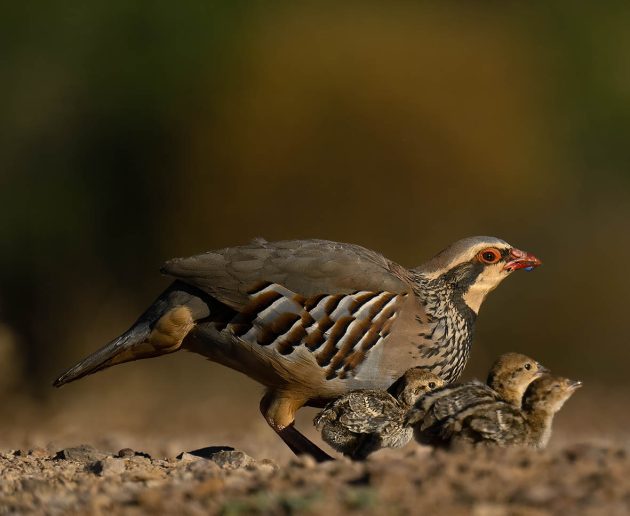
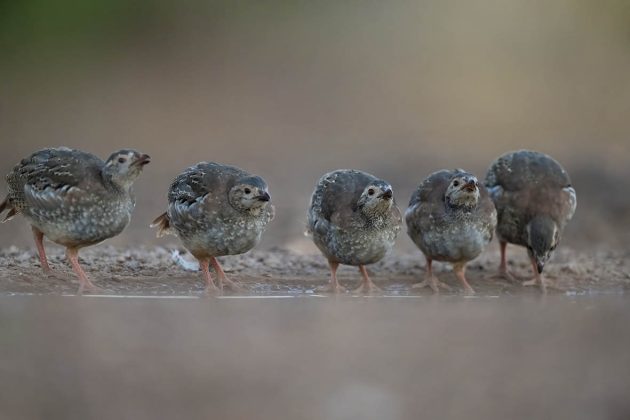
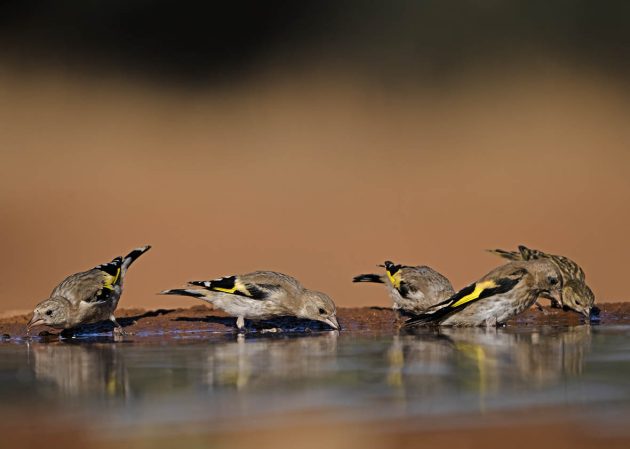
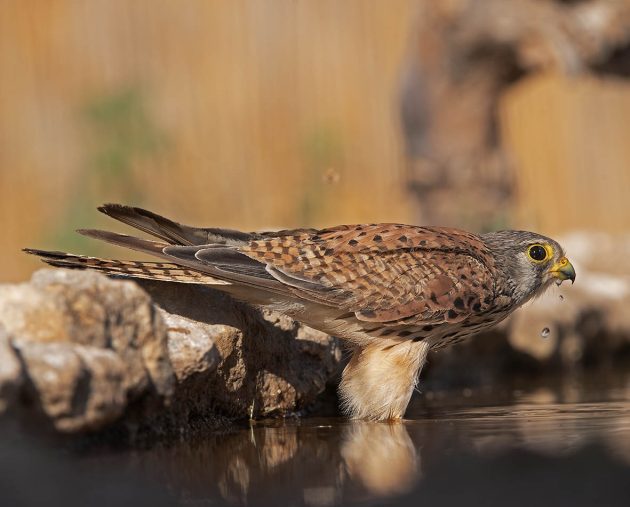
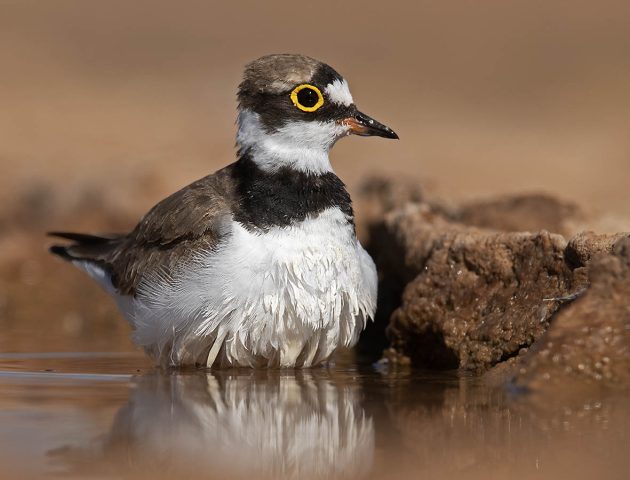
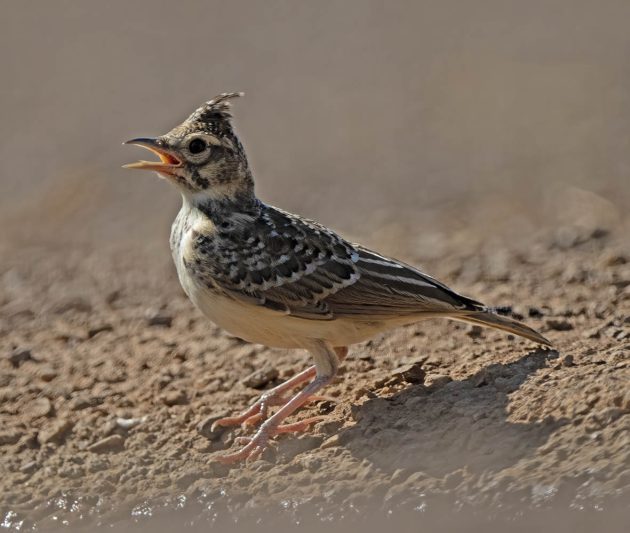
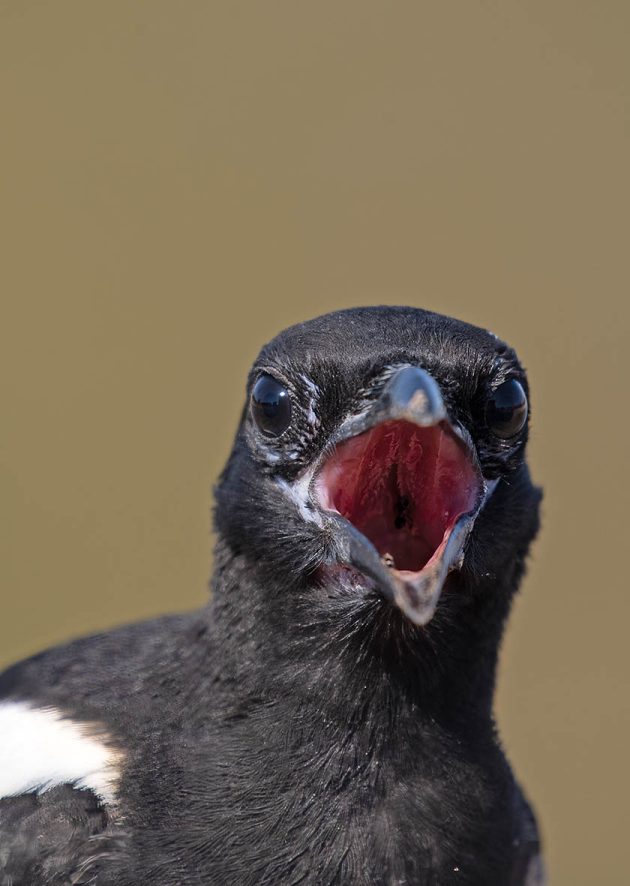
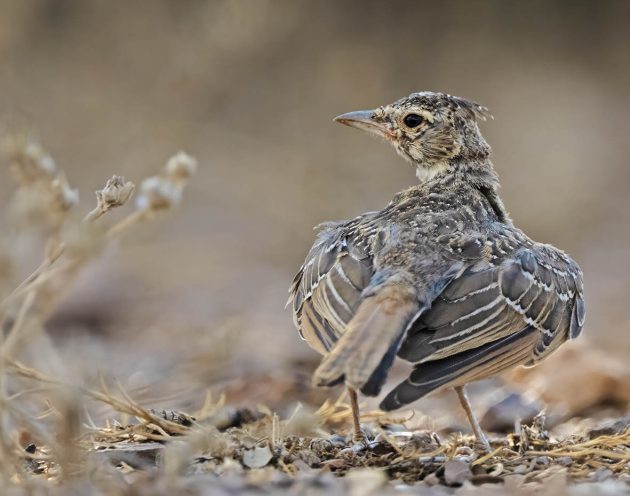
I often read claims of trans-Saharan migrants overwintering in Iberia. Most are mistakes by those who try to understand Iberia in the classic spring-summer-autumn-winter manner. The Victorian naturalist Abel Chapman, describing Doñana, called it a little piece of Africa in Europe. That could equally apply to much of the south of the peninsula. It has a wet and a dry season and the birds move accordingly. The White Storks Ciconia Ciconia, which are now leaving with the kites, start returning in October – it is their “spring”. The Barn Swallows Hirundo rustica are back in January – they’re not wintering birds, they are back for their “spring”. Great Spotted Cuckoos Clamator glandarius start coming back from October, having left in July and August. The return of birds to Iberia varies, depending on their food requirements. For the Woodchat Shrikes Lanius senator it is not until March and for the Roller Coracias garrulus it is April. But they all have one thing in common, come July it is time to leave.
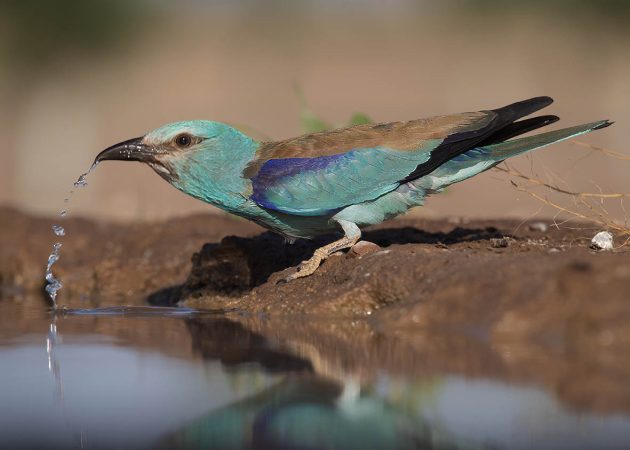
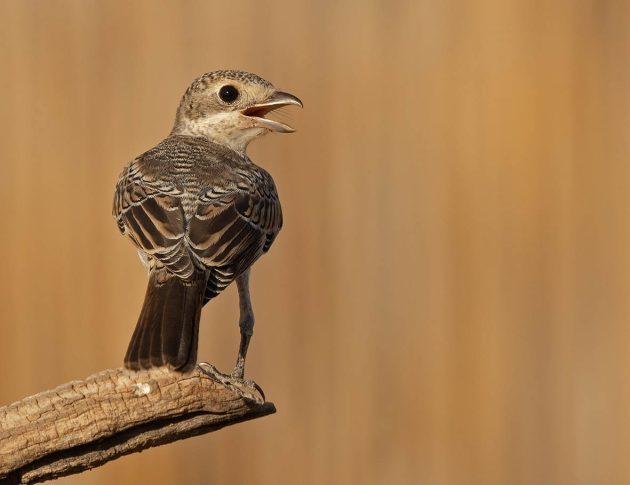













The concept of summer/winter visitors is so ingrained in most birdwatchers’ minds that the idea of wet-season visitors to Europe takes a little getting used to, but it clearly makes sense. Fascinating to read of those birds like great spotted cuckoos that depart in the summer but return in October. Good thought-provoking stuff (and great pictures, too). Incidentally, it’s interesting to read of hot days in Spain when the temperature here in the UK is struggling to top 20degC, and the sun is obscured by cloud. We are not enjoying a fine summer.
I know it’s difficult for people to assimilate, David, but once they get it they understand what’s happening very clearly. I recall early mornings getting up in the Palacio de Donana in January. Temperature outside -5 Celsius, ponds frozen but swallows about, already back. By midday temp was +20 C and insects everywhere. Swallows were doing very well as plenty of food available. I’d happily trade these temperatures with you. Down here in Gib it’s not too bad. Nice south-westerly sea breeze today and black kites trickling southwards. But in the centre of Spain it’s very, very hot indeed!